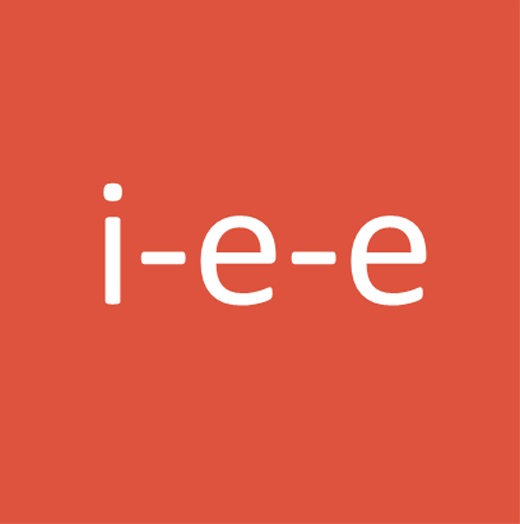Inclusive Design (Age-Related) for Touch Screen HMI

Client: Study in Cooperation with RWTH Aachen University
HCI • HMI • Inclusive Design • Special User Groups
February 9, 2016
With aging visual feedback becomes increasingly relevant in action control. Consequently, visual device and task characteristics should more and more affect tool use. Focusing on late working age, the present study aims to investigate age-related differences in processing task irrelevant (display size) and task relevant visual information (task difficulty). Young and middle-aged participants (20-35 and 36-64 years of age, respectively) sat in front of a touch screen with differently sized active touch areas (4” to 12”) and performed pointing tasks with differing task difficulties (1.8 to 5 bits). Both display size and age affected pointing performance, but the two variables did not interact and aiming duration moderated both effects. Furthermore, task difficulty affected the pointing durations of middle-aged adults moreso than those of young adults. Again, aiming duration accounted for the variance in the data. The onset of an age-related decline in aiming duration can be clearly located in middle adulthood. Thus, the fine psychomotor ability “aiming” is a moderator and predictor for age-related differences in pointing tasks. The results support a user-specific design for small technical devices with touch interfaces.
